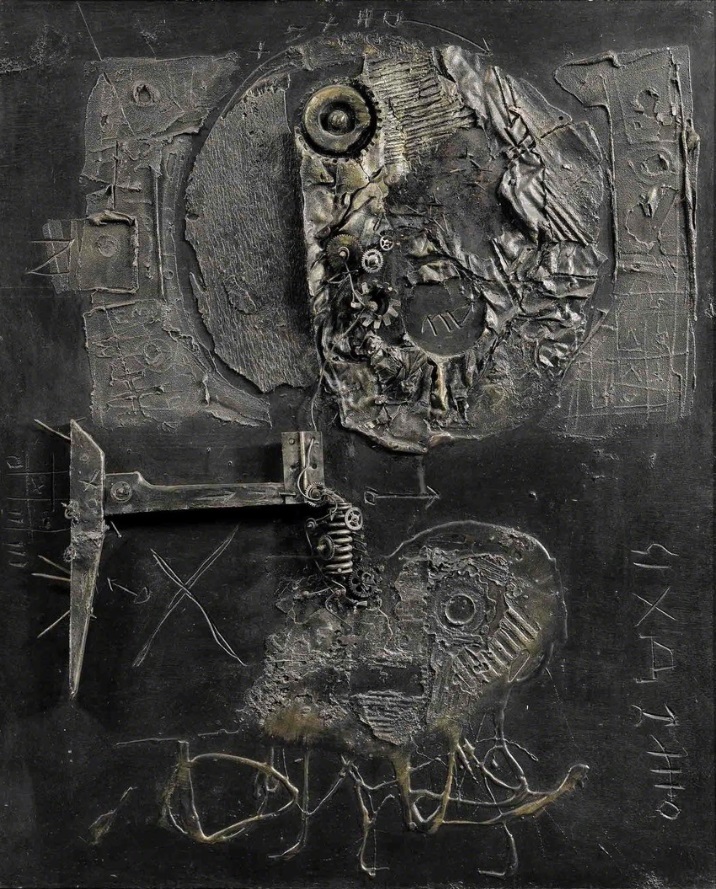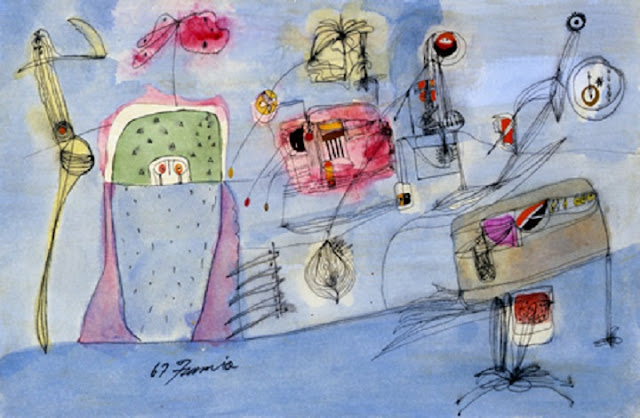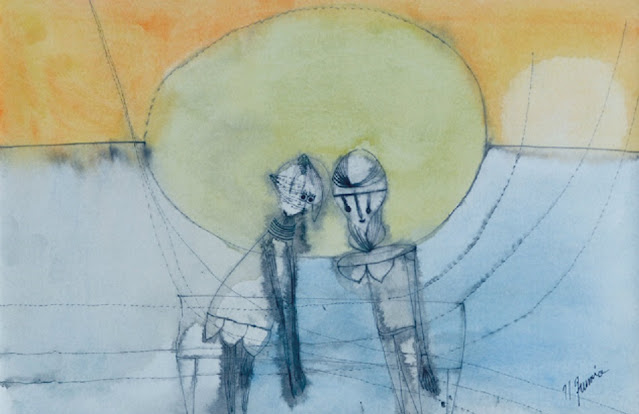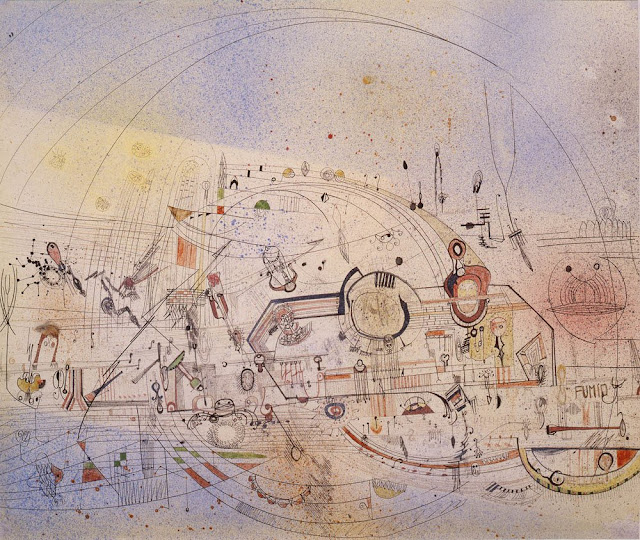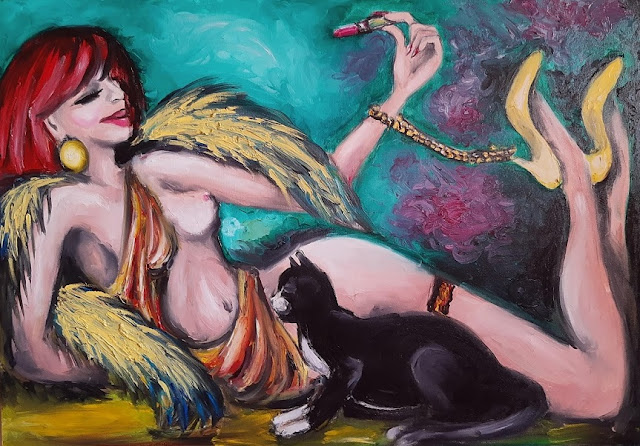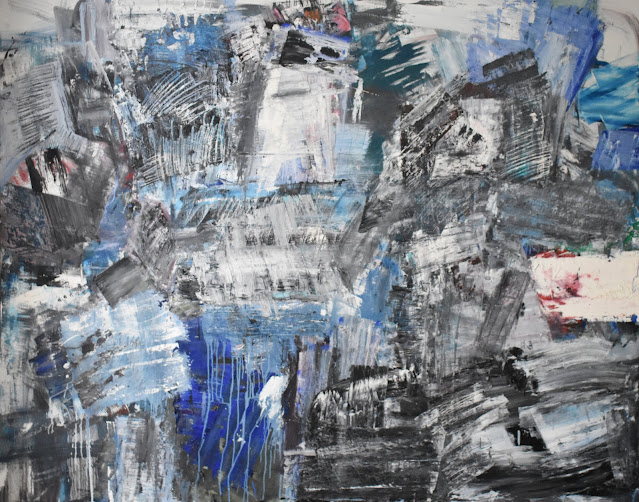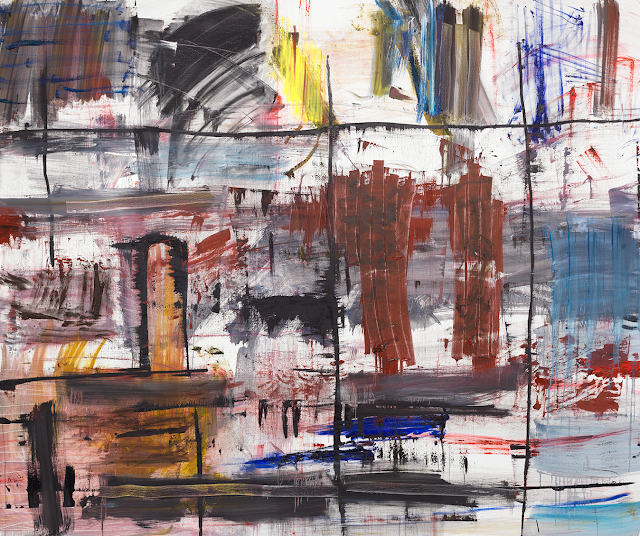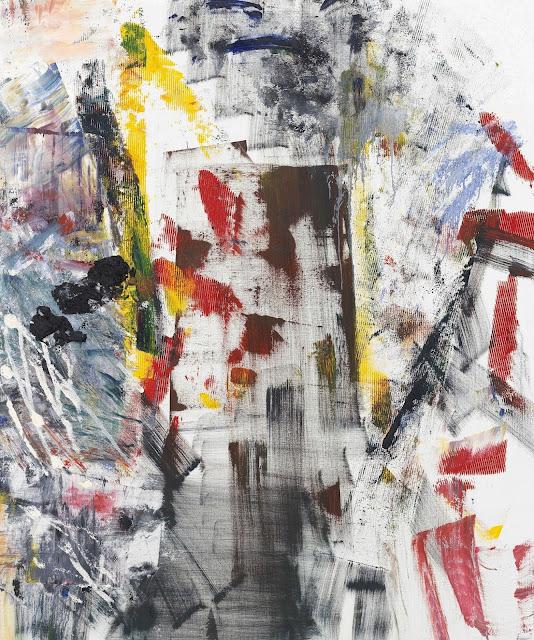Igael Tumarkin ( 1933 – 2021) was an Israeli painter and sculptor

Painting is like silent poem, said Simonides, poet from ancient Greece.Paintings are icons, doors to the Platonian world above the heavens. Paintings on my blog are just those icons, which lead a viewer into the magic world of harmony and beauty. Artists who present their achievements on my blog have a very different cultural and national background, they represent variety of artistic traditions and schools
Igael Tumarkin
Fumio Nambata
When Fumio Nambata fell off a ferry in 1974 while crossing the Seto Insland Sea his life was cut short at the age of 32. His artistic career, too, met an untimely end of just about 15 years. Nambata, the son of an artists and a painter himself, lived through tumultuous times: rapid economic development and social turmoil. And for Nambata they were anything but calm. He managed to create more than 2000 paintings, an astounding number for such a young artist. About 300 of his paintings are now part of an exhibition on display at the Setagaya Art Museum in Tokyo.The 1960s “was a unique period of free expression,” explains the Setagaya Art Museum. Most of Nambata’s images are watercolor-and-ink depictions of an imaginary world. “Nambata conjured a profusion of images that he painted in his own free style, unimpeded by the considerations of realism and composition that are ordinarily fundamental to painting.”
Milena Olesinska - Surrealism
Surrealism was a cultural movement that developed in Europe in the aftermath of World War I in which artists depicted unnerving, illogical scenes and developed techniques to allow the unconscious mind to express itself. ... Works of Surrealism feature the element of surprise, unexpected juxtapositions and non sequitur.
Louise Fishman - American Abstract Art
Louise Fishman ( 1939 – 2021) was an American abstract painter from Philadelphia, Pennsylvania. For many years she lived and worked in New York City, where she died.
Fishman's painting style at first gave her some trouble in being recognized. She exhibited only occasionally in the 1960s, a period in her life when she produced primarily grid-based work. During the later 1970s her abstract work was linked with Pattern painting. Large scale works like Grand Slam (1985) and Cinnabar and Malachite (1986) reflected her bold visions, and caused many reviewers to label her work as having elements of neo-expressionism.As the feminist movement gained strength in the 1970s, Fishman abandoned her minimalist-inspired, grid-like paintings and began making work that reflected women's traditional tasks. These pieces required the sort of repetitive steps that characterize activities like knitting, piecing, or stitching. Returning later to the masculine realm of abstract painting, Fishman still sought a way to distinguish what she was doing from the work of male artists, both historic and contemporary.The resulting compositions combine gestural brushwork with an orderly structure: it is as if Fishman built or wove—her paintings, starting from a foundation and carefully adding to them, layer upon interlocking layer. Wikipedia
"As with all good paintings, those of Louise Fishman speak for themselves, powerfully. To realise painting as art sprang not only from her will to do so, but also from her strong background in the study of painting through actually making paintings, in depth, wholly, and streadfastly." - Suzan Frecon
"I'm allowing myself much more freedom in the studio. I would have never allowed all that white space of the canvas to be there before. I wanted to give everything a lot of richness, but this is a different story. Now it's about giving reign to what paint does on its own. And I do think there's something magical about painting. Something is made out of paint, aside from the purpose it gives my life." - Louise Fishman






